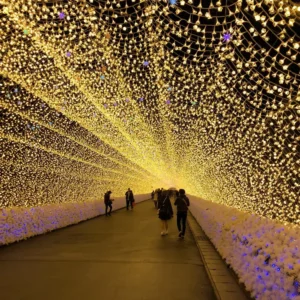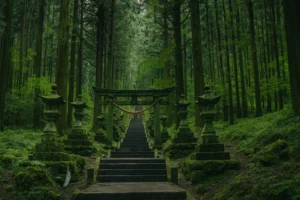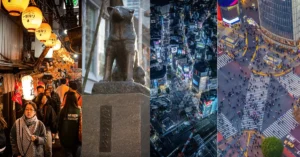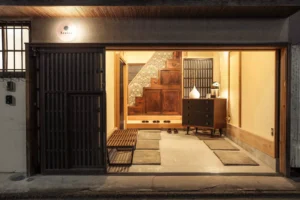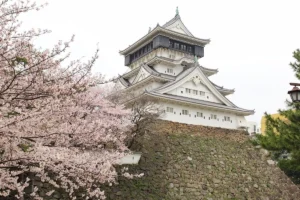The Hidden Gem of Kyoto: What Makes Adashino Temple So Special?
Have you ever wondered what it feels like to step into a place where time stands still, where whispers of the past echo through ancient stone statues and serene landscapes? Welcome to Adashino Temple, a hidden gem nestled in the heart of Kyoto’s Arashiyama district. This isn’t just another temple—it’s a sanctuary for reflection, history, and spiritual connection . Whether you’re a traveler seeking tranquility or a history buff eager to uncover Japan’s rich cultural roots, this blog post will take you on a journey through everything you need to know about Adashino Temple.
Table of Contents
Overview of Adashino Temple
Adashino Temple, officially known as Adashino Nenbutsu-ji, is one of Kyoto’s lesser-known treasures. Tucked away in the scenic Okusaga Mountains, the temple has served as a burial ground and memorial site since ancient times . Its origins date back over 1,200 years when the revered monk Kukai (also known as Kobo Daishi) founded it around the 8th century . Over the centuries, it became a sacred space dedicated to honoring the souls of those who passed without family or proper burial rites.
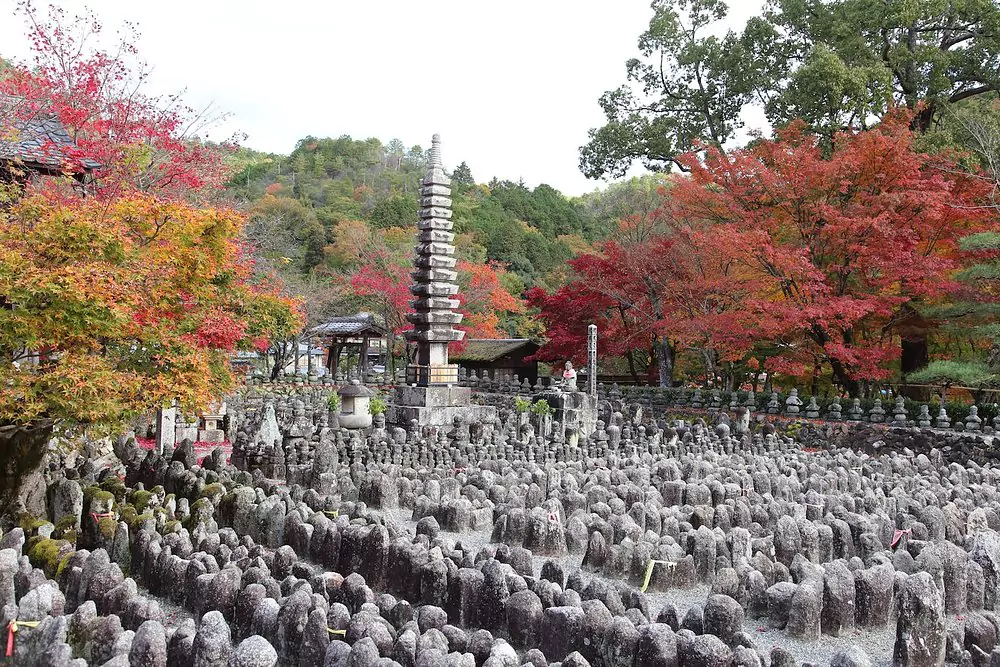
Today, Adashino Temple is famous for its hauntingly beautiful collection of over 8,000 stone statues, called Rankan. These weathered figures stand as silent witnesses to centuries of remembrance and devotion . Surrounded by lush greenery and seasonal blooms, the temple offers visitors not only a glimpse into Japan’s spiritual traditions but also a chance to pause and reflect amidst nature’s beauty .
History of Adashino Temple
To truly appreciate Adashino Temple, we must first understand its fascinating history. Long before Kyoto became Japan’s imperial capital, the area now known as Adashino was used as a vast cemetery . In earlier days, people would leave bodies here without formal burials due to limited resources or societal customs .
In 811 CE, the legendary monk Kukai arrived and transformed this desolate land into a sacred Buddhist temple . He envisioned it as a place where all souls—regardless of their circumstances—could find peace. Centuries later, during the Kamakura period, the influential monk Honen further developed the temple, shaping it into the tranquil haven we see today .
Throughout its long history, Adashino Temple has remained a symbol of compassion and remembrance. It reminds us that even those forgotten by society deserve respect and care—a message that continues to resonate with visitors from around the world.
Why Visit Adashino Temple?
Now that we’ve explored its rich history, let’s talk about why Adashino Temple should be at the top of your travel list. Here are five compelling reasons:
1. The Iconic Stone Statues
Imagine walking among thousands of weathered stone statues, each representing a soul once lost and now remembered. These Rankan statues create an awe-inspiring atmosphere, inviting quiet contemplation and reverence .They serve as a powerful reminder of life, death, and the importance of remembering those who came before us.
2. Breathtaking Natural Beauty
Nestled amidst rolling hills and lush, colorful foliage, Adashino Temple offers a visually stunning experience throughout the year. In spring, cherry blossoms paint the landscape pink; in autumn, fiery red and golden leaves embrace the stone statues . No matter the season, the temple’s natural beauty provides the perfect backdrop for photos or simply soaking in the serenity.
3. A Place for Reflection
Unlike many bustling tourist spots, Adashino Temple offers a rare opportunity to disconnect from the noise of modern life. Its peaceful ambiance encourages mindfulness and introspection. Whether you’re meditating, journaling, or simply sitting quietly, the temple invites you to slow down and reconnect with yourself.These statues act as a poignant reminder of the cycle of life and death, urging us to honor and remember those who lived before us
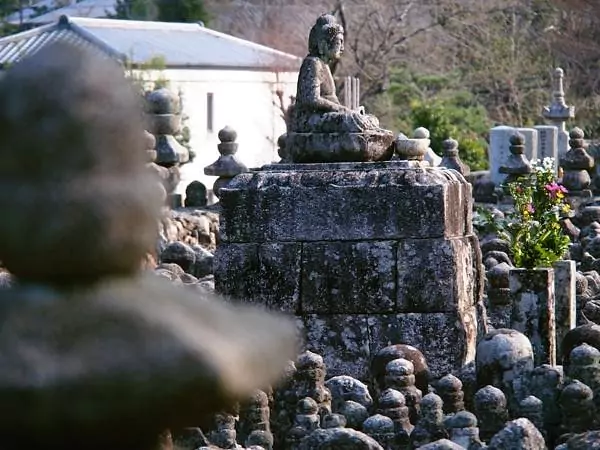
4. Rich Cultural Significance
For anyone interested in Japanese spirituality and culture, Adashino Temple is a treasure trove. From its origins as a burial ground to its role in Buddhist practices, the temple embodies centuries of tradition and belief . Exploring its grounds gives you a deeper appreciation for how these values continue to shape Japanese society today.
5. Off-the-Beaten-Path Experience
While popular attractions like the Arashiyama Bamboo Grove draw crowds, Adashino Temple remains relatively undiscovered by tourists. Visiting here allows you to experience Kyoto’s authentic charm without the hustle and bustle of larger sites.
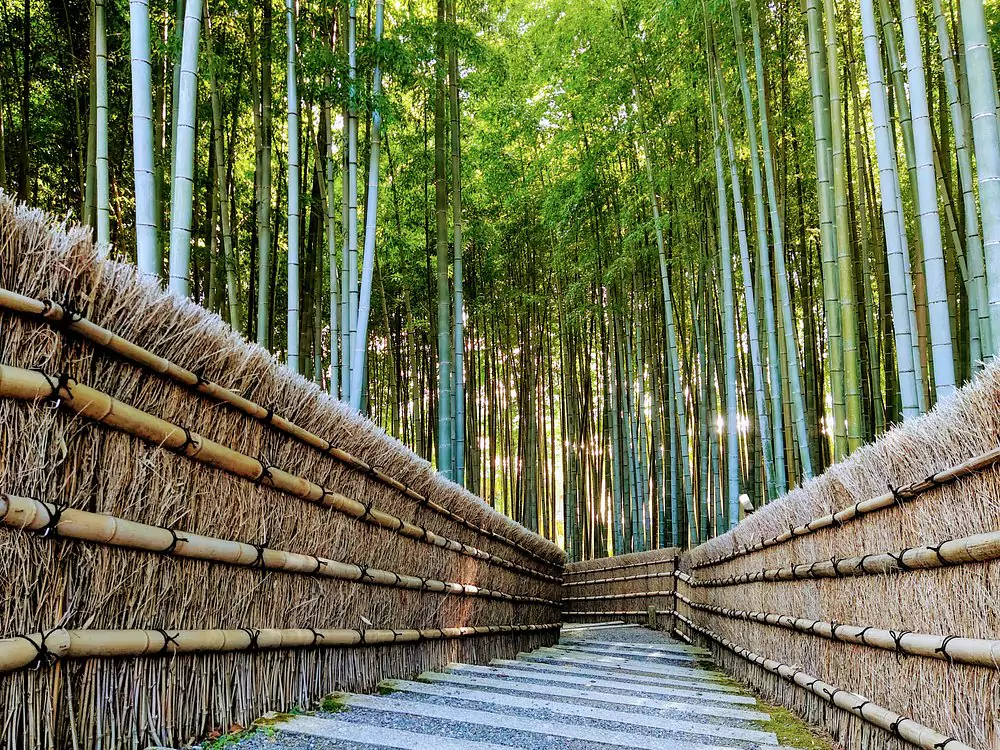
What to Expect During Your Visit
Planning a trip to Adashino Temple? Here’s what you can expect:
Getting There
Located in the Arashiyama district, the temple is easily accessible by train or bus. From Kyoto Station, take the JR Sagano Line to Saga-Arashiyama Station, then enjoy a short walk or taxi ride to the temple .
Best Time to Visit
Spring and autumn are ideal seasons to visit, thanks to the stunning cherry blossoms and colorful autumn leaves. However, winter adds a unique charm, with snow blanketing the stone statues and creating a mystical scene .
Things to Do
Once you arrive, take your time wandering through the rows of stone statues. Don’t miss the main hall, where you can participate in prayer rituals or light incense as an offering. If you’re lucky, you might catch one of the temple’s special events, such as lantern-lit ceremonies held during Obon season .
Tips for Visitors
- Ensure you wear shoes that provide comfort, as there will be some walking involved on the grounds.
- Bring cash for entrance fees and small souvenirs.
- Respect the temple’s rules, such as refraining from loud conversations and removing shoes before entering certain areas.
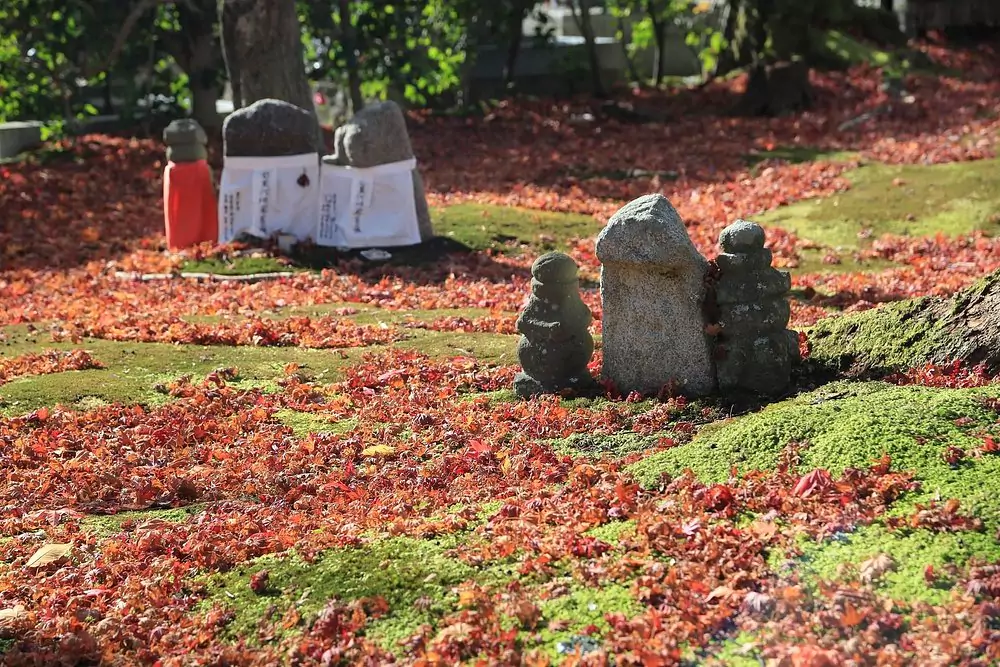
Conclusion
Adashino Temple is more than just a historical site—it’s a place where history, spirituality, and nature come together in harmony. From its iconic stone statues to its breathtaking scenery, every corner of this temple tells a story. Whether you’re seeking peace, inspiration, or a deeper understanding of Japanese culture, Adashino Temple promises an unforgettable experience.
So, the next time you find yourself in Kyoto, don’t miss the chance to explore this hidden oasis. Who knows? You might just leave with a renewed sense of perspective—and a few cherished memories to last a lifetime.
If you’re planning your adventure to Tokyo Mont Fuji in 2025, don’t miss out on the essential tips and step-by-step guidance click Here
FAQs About Adashino Temple
Q1: What is the significance of the stone statues at Adashino Temple?
The stone statues, known as Rankan, commemorate the souls of those who died without family or proper burial rites. They symbolize compassion and remembrance, reflecting the temple’s mission to honor all lives .
Q2: How old is Adashino Temple?
Adashino Temple dates back to the 8th century when it was founded by the monk Kukai. This makes it over 1,200 years old !
Q3: Is Adashino Temple suitable for children?
Absolutely! While the temple has a calm and reflective atmosphere, children often enjoy exploring the rows of stone statues and learning about their significance. Just remind them to stay respectful.
Q4: Can I take photos at Adashino Temple?
Visitors are generally permitted to take photos in most parts of the temple grounds.. However, avoid using flash indoors or capturing images during prayer rituals out of respect for worshippers.
Q5: Are there any nearby attractions to visit after Adashino Temple?
Definitely! After visiting the temple, head to the nearby Arashiyama Bamboo Grove, Togetsukyo Bridge, or Tenryu-ji Temple for more adventures in Kyoto’s picturesque Arashiyama district .

